Fishing Season
If you are thinking of travelling to Maldives or you are already in Maldives, and are a fishing enthusiast, lucks come your way as fishing season has officially started in Maldives. The saying ‘there’s plenty of fish in the sea’ is true in Maldives all year round, however, if your interest is particularly catching big game fishes, it is best you arrange your fishing trip dates around this time of year as this is when all monster fishes come in to play.
Fishing season in Maldives – November to April
Sharpen your knowledge with local information and get the inside scoop of tips and tricks in fishing for some of the largest pelagic in the Maldivian waters.
Usual suspects and fishing calendar
You can expect a large variety of big game fish in the Maldivian waters during the fishing season. Black Marlins (kalhu mas hibaru), Yellow fin Tuna (bodu kanneli), Giant Trevally (muda handhi) and Wahoo (kurumas) are some of the most targeted species by game fishers. Whether you are keen on deep sea fishing, inshore fishing or reef fishing, this season has got something for you!
Our fishing calendar is based on data provided by the Maldives Ministry of Fisheries and Agriculture. This helpful calendar would assist you as a guide to plan your next game fishing trip in the Maldives. Check out what’s instore for this fishing season.
Black Marlin (Kalhu Mas Hibaru)
Black Marlins are considered to be one of the largest game fish in the world, some exceeding over 450 kilograms (1000 pounds).
There is no sight more amazing than the sight of these massive fish leaping into the air right behind your boat when they are hooked. As they are large apex predators, it may take a long time hunting to hook one but when you hook one, they definitely make the wait worth it.
These predators usually hunt during the day and are usually found in deep sea. If you are thinking of taking advantage of the season, and taking a charter out to the deep sea to hunt for marlins, keep in mind that marlin hunting may cost you a little extra as they take a while to hunt and after they are hooked, depending on your expertise, it may take 30 mins to 3 hours to reel them in, but they make a catch to tell tales of!
how to Fish for marlin
Marlins spend their lives in the open ocean, and that’s where you need to be to catch these creatures. They can also be found near-shore waters and around reefs if you happen to catch them on their meal-time. To hunt these heavy hitters, you need to bring out the big guns.
Usual art of fishing technique is trolling; however, these fishes are also caught during off-shore jigging. 50- class drag reels are usual outfits for such a fish. Although 30 pounders can also be used, but it would take a stroll on your arms at the end of the fight. 100-120 lbs monofilament is the line of choice for these monsters.
In the Maldives, apart from rod and reel, a professional fisherman would use hand lines, accompanied with buoy to tire the fish and reel it in.
Nothing beats a juicy live bonito (latti) when used as a bait. Usually when you see the big fish high out the water it’s time to stand your ground and ready yourself for the fight. Other famous live bait includes mackerel scad (rimmas), small barracuda (tholhi) and flying fish(fulhangi).
Plastic lures such as skirted lures and deep-diver plugs are famous when trolling for Marlin. Also hook less ilander lures are used to catch monster marlin in the Maldives.
Trolling for marlin can be exciting and adrenaline pumping, while it may also be slow and boring at times. But when the clicker goes wild it’s time to dance. The art of reeling a Marlin is all about constant pressure, constant pressure and constant pressure. You must always keep a tight line on the fish or else it would shake its head and loose the hook. Slow strokes are required by keeping the rod at a 15-degree angle and reeling a full rotation when rod is lowered and repeating the process over and over again by keeping a tight line till you bring your catch on to boat. Remember that slow and steady wins the race.
Yellowfin Tuna (Bodu Kanneli)
Yellowfin tunas are one of the most often caught game fish in Maldives and in the world. They are among the larger tuna species, which can reach 450 kg (990 lbs) making them slightly smaller than the Bigeye tuna or the Bluefin tuna. The most common sizes range from 15 kgs (33 lbs) to 70 kgs (154 lbs). They have a very distinctive torpedo shape, dark metal blue backs, yellow finlets and a silver belly with yellow vertical lines.
Yellowfin tunas are a favorite of the local captains and fishermen. These consist of a very big part of commercial fishing in Maldives, and a huge part of the Maldivian household cuisine. Fresh yellowfin tuna is a delicious fish grilled, seared or raw. Most fish commercial catch are canned, and the high-quality fish supplies for the sashimi market.
How to fish for Tuna
Tuna’s are usually found offshore, grouped together in enormous schools and are often found behind schools of dolphins. They are found to be travelling in similar sizes so you may find smaller yellowfins amongst skipjack tuna schools. Yellow fin tunas are often found near anchored fish aggregation devices (FAD).
Tuna can be caught using various methods. In Maldives, most of the commercial fishery is done by pole and line fishing, where they use live bait such as sprats (rehi) and mackerel scad (rimmas) to attract schools of tuna. Traditional line fishing is also common amongst commercial fishermen for larger yellowfin tunas.Game fishing for yellowfins mostly involve rods, reels and tackle. Make sure your tackle is ready for the size of fish targeted. Usually your rods must have a back bone to carry jigs a minimum of 250 gms. Small schools are great fun with light tackle, but the larger ones definitely require heavy gear and at least a 100 -120 lbs braided or monofilament line. If you do land a larger fish on light gear, patience is key, and with a lot of work, you might be able to see your prize. Be careful as the fish nears the boat, they tend to swim fast and circle around the boat, holding too tight with a light tackle might result in the braid giving away.
Yellowfin’s can be caught on lures or bait. Anchovies, sardines, mackerel, squids are great for tuna’s. As for jigging lures, getting that right color is the key. So, keep some greens, blues and metallics handy. If you are targeting smaller tuna’s, a treble hook will do, but if you are targeting tuna heavier than 15 kgs, go for the single hook. For trolling, tuna feathers, cedar plugs, and rapala type deep diver plugs, plastic skirted squid plugs have proven to work. Yellowfin tunas are very fast swimmers, so lures which can be trolled very fast is the way to go.
Giant Trevally (Muda Handhi)
Imagine an avid lure taker, a surface feeder as well as a pelagic of the depths, this is the famous Giant trevally, and what makes it close to being the perfect sport fish. Giant Trevallys (GT) are a sought out catch whether you are a new or seasoned fisherman. These fish grow up to a maximum known size of 80 kg (176 lbs) and average at around 25 kg (55 lbs). GTs are pure muscle and a very tough adversary even on heavy tackle. They are usually caught while dwelling near the reefs of Maldives. Whatever the size, they are well worth pursuing.
How to fish for GT
GTs are known for their insatiable appetite, which also makes it so that they will respond to almost any approach. Anglers who target large GT use heavy spin tackle with braided line, along with state of the art poppers and jigs with strong single hooks. Popping is a very traditional way to catch these fish, however, this method works at certain times and like many large fish, they need ocean current to get them to come to the surface. Maldivians tend to cast near reefs or at schools of fusiliers (mahi) as GTs are often found among them. Boat action is the key to good fishing in such places, thus anglers tend to hire private charters with a good captain for these specific hunts. Jigging is also quite successful with these creatures as many GT’s are also found feeding outside reef drop-offs in deeper waters.
Wahoo (Kurumas)
This zebra like striped white and deep blue or black fish is a fish species that are swift moving, powerful, predacious food and game fish found around the world, especially in the tropics, commonly found here in Maldives during the season. They are slim, sharp tooth fish with a tapered body and distinctive markings and small finlets behind the dorsal and anal fins. Wahoo’s commonly found range from 4 to 20 kgs (11 to 45 lbs) however, they grow to 35 to 40 kgs (80-90 lbs). They are one of the best eating fish in the ocean, and attain a culinary respect far beyond a lot of fish commonly found. If you want your reel screaming, there’s not much else that can pull line off the reel like a big wahoo, except for maybe a Marlin or a yellow-fin Tuna. Their blistering speed and slicing teeth makes them one of the most formidable predators.How to fish for Wahoo
Wahoo roams the deep blue waters, but anglers find them around reefs or drop-offs. These fish swim at least 60 mph, thus trolling is the most common way to catch these predators. High speed trolling is an effective way of catching wahoos, so is slow trolling with lures and jigging. Fast trolling is often around 15 knots and often consist of pulling baits. Slow trolling is usually done around 10 knots. Colorful skirted lures or deep diver lures works great for wahoo.
These plugs require nothing much to it rather than a few feet transparent leader to prevent cutoffs have proven to be very effective. Keep in mind to always keep your line tight as it tends to remove the hook on its own if given a chance. They are known to often sprint away as soon as they see the boat and puts up a great fight. Lines should be tight until the wahoo is in the boat or you risk losing them. Captain will usually shut off engines when close and let the fish come to you. The trolling lures along with live bait such as live goggle or any large live bait such as bonito works great for wahoo.
Red snapper (Raiy mas)
The season brings in all kinds of reef fish of various species and colors. If you are thinking about dwelling in reef fishing, expect all different sizes of red snappers catching your line. Red snappers can be caught all year around in Maldives, however the season brings in an abundance of these large fish. These fish are considered a delicacy among the locals and the perfect fish to throw on a barbeque. The most common sizes are between half a kg to 4.5 kg (1 1/2 to 10 lbs) however, fishes under 10 kg (22 lbs) are not rare catch.
How to fish for red snapper
These red eyed fishes can be caught near a reef, and are usually caught at night fishing using the traditional Maldivian line fishing method with bait such as tuna belly, mackerel or squids. They can also be caught jigging or popping during the day and night. Snappers are known to be great fighters, and would knock the wind out of you. Line fishing for red snappers during night is enjoyed among locals as a sport. The secret to catching them is to be patient till they devour the bait and the tug of war begins. Make sure you tight your line as snappers will run for the rocks as soon as they get the bait. The trick is to pull fast and hard before they can make their getaway making sure the tension will not break the line. If they make their getaway to the corals it’s pretty much a coin toss from there onwards. Whether you’ll get the fish or not depends on how lucky you are. Fishing after all is about catching the fish that got away.Go fishing!
Now that you got your basics covered it’s time to get out and go fishing.
We hope you have a great fishing season!
GET FREE WEEKLY UPDATES!
Signup today & recieve our latest news & events – straight to your inbox.


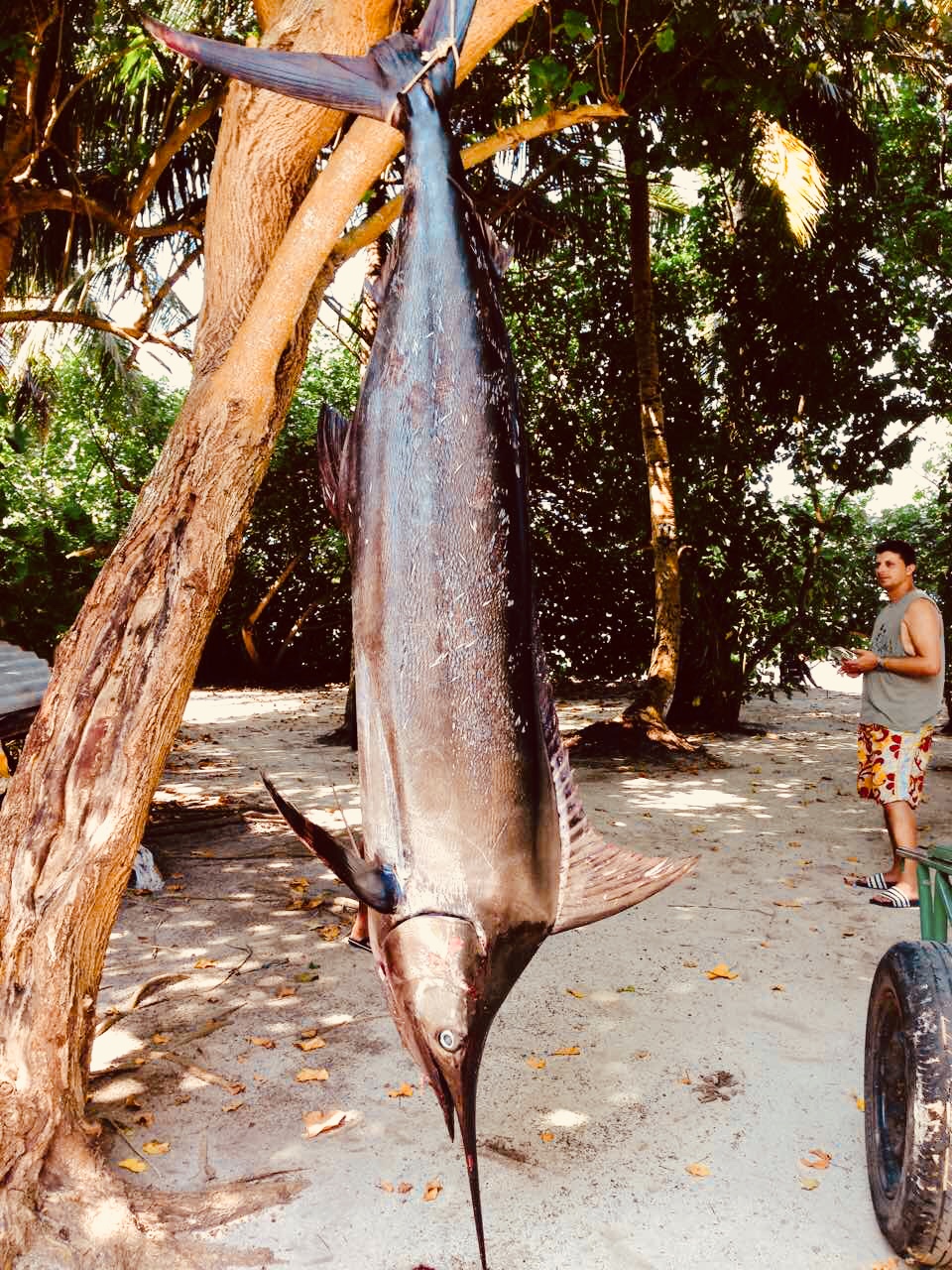
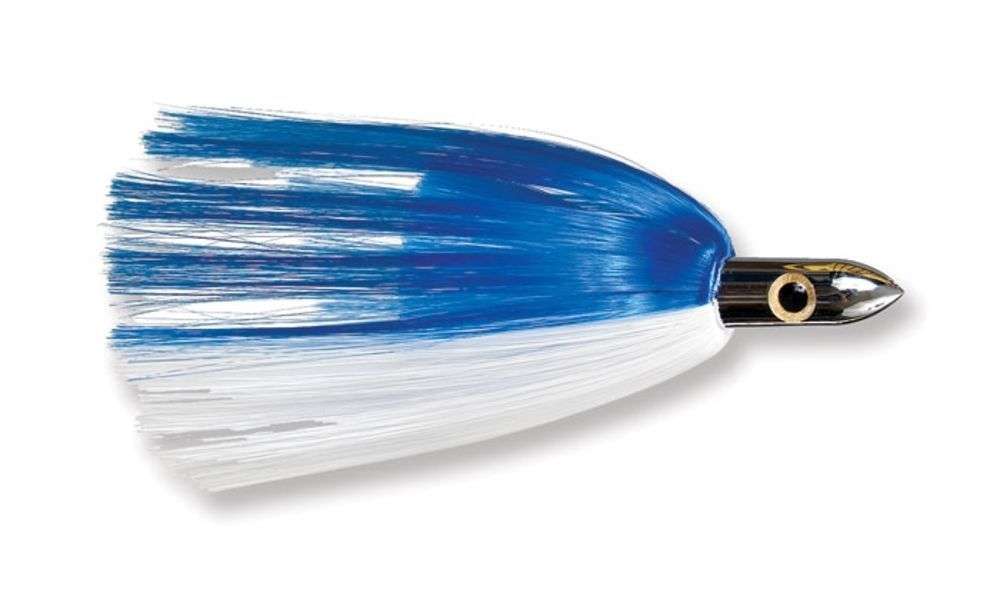
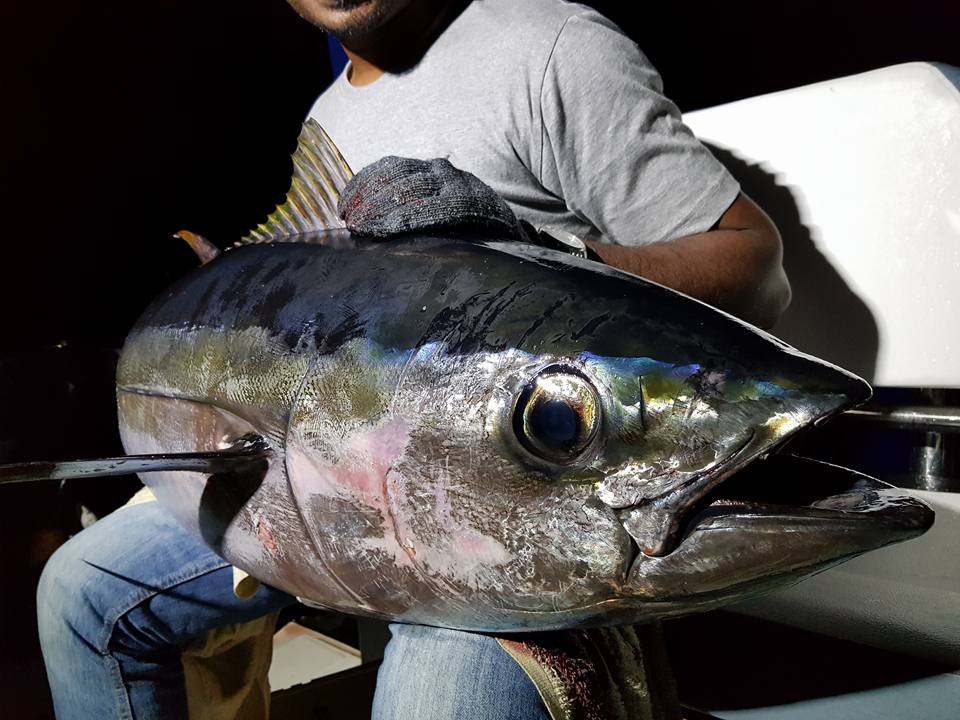
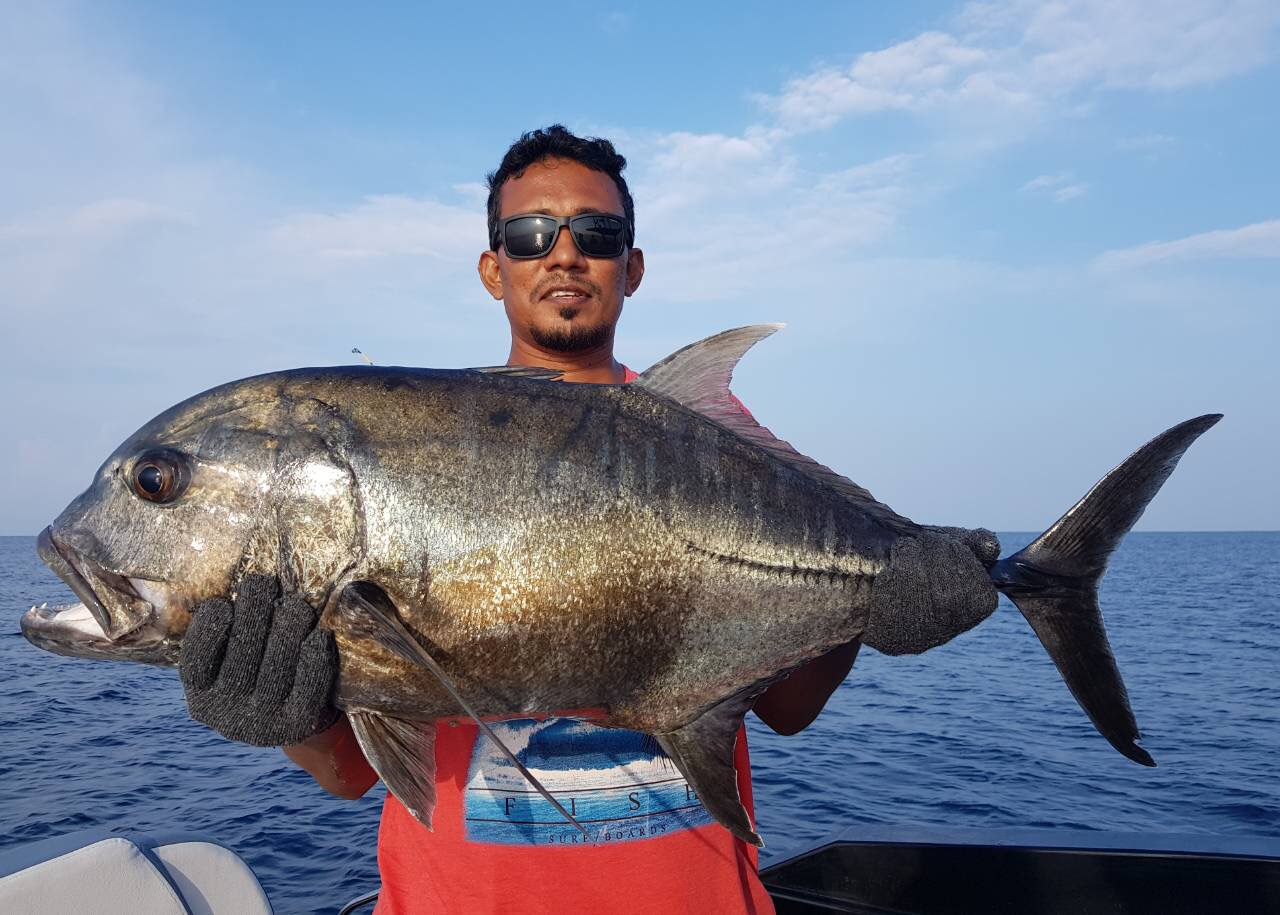
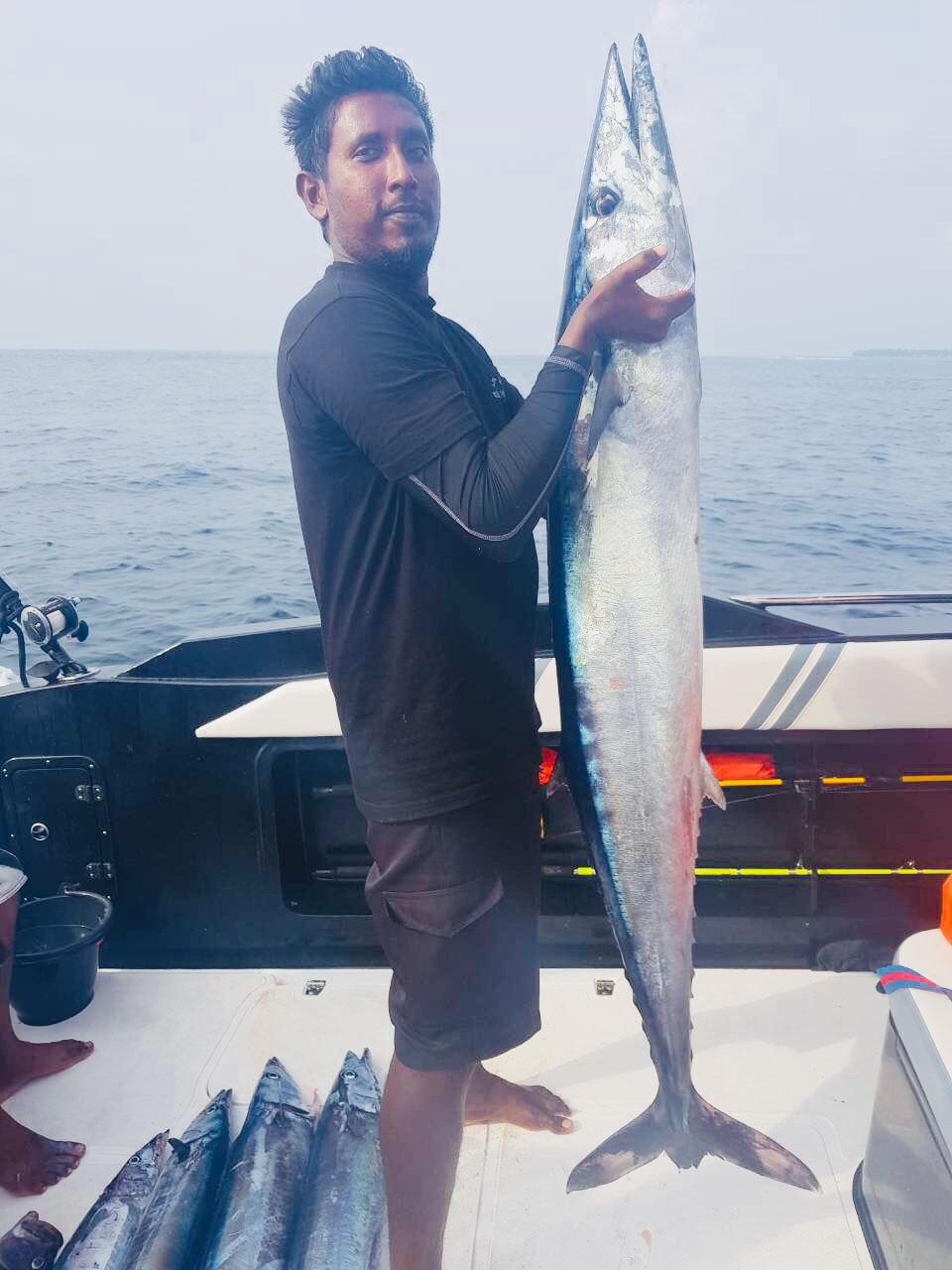

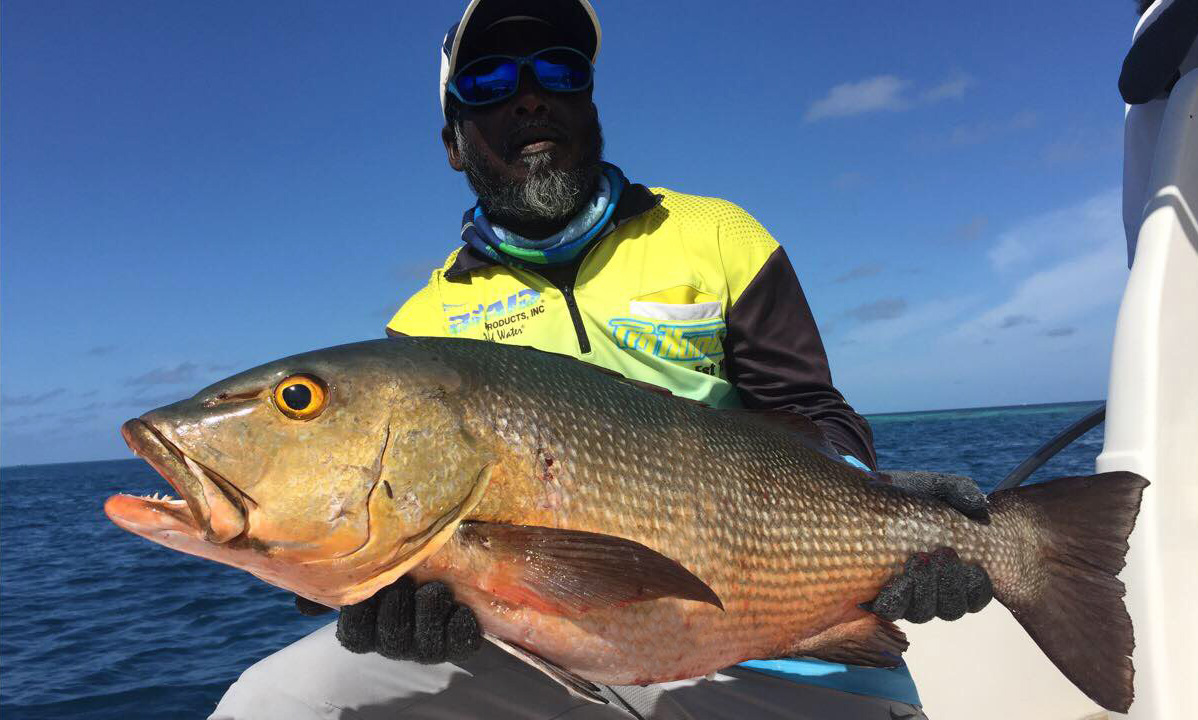
0 Comments